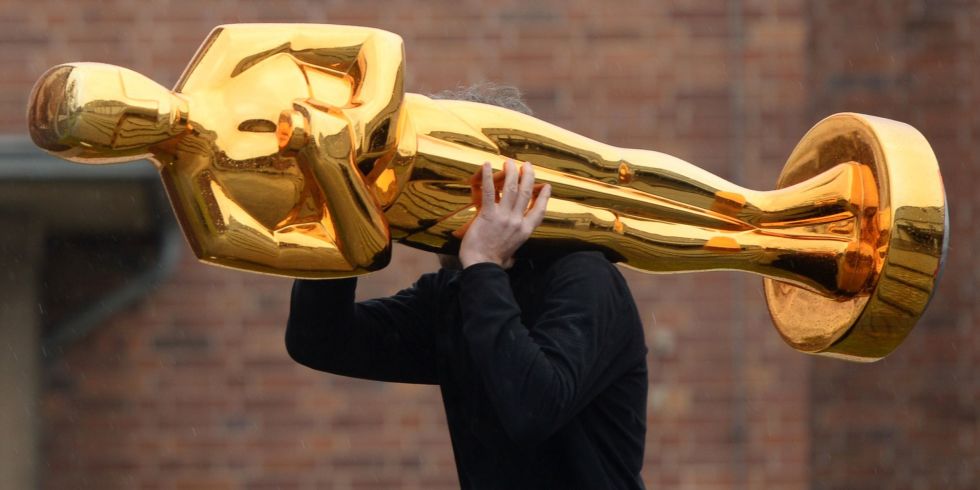Dr Finola Kerrigan writes for the University of Birmingham’s Social Sciences Forum:
On Sunday night, the 90th version of the Academy Awards were broadcast from Los Angeles across the world. Last year the focus was on representation and diversity with the #Oscarssowhite campaign. This year, it is all about women: following the momentum behind the #MeToo movement and TimesUp campaign, the focus is on issues of gender, representation, and power in the film industry.
Frances McDormand’s acceptance speech for Best Actress
The Golden Globes started the trend of using the spotlight to increase awareness of gender parity and tackling issues of gender-based social justice. To center attention, women shunned colorful gowns and wore black. Many walked the red carpet with social activists and took time to highlight abuse that women in all walks of life face. Britain’s BAFTAs followed this trend, shifting the red carpet focus from what they were wearing to what they were saying.
The lack of representation of women in the film industry is not something that has escaped the attention of academic researchers. In the US, the Celluloid Ceiling project has collected data on women’s participation in film for the past 20 years. Martha Lauzen’s 2017 study found that representation of women in key production roles has not increased over the course of the study. Lauzen has linked this under-representation of women behind the scenes, with “a toxic culture that supported the recent sexual harassment scandals and truncates so many women’s careers”.
A study conducted by Stacy L. Smith and the Annenberg Inclusion Initiative moved beyond examining gender alone, taking an intersectional approach to the power dynamics in the industry. In the 11 years that the study covered, it revealed only 7 women of color directed the 1,100 top-grossing films.
The emphasis on the most financially successful films in the Celluloid Ceiling and Annenberg studies is important. They are the films, selected by the power players in the industry, which are most likely to have a broad audience appeal, backed with significant marketing budgets. Such films will influence popular imagination the most, as audiences are most likely to have seen them.
Smith’s study further examined the involvement of women within key executive positions, again finding a lack of representation, particularly when it came to women of color. A report by Shelly Cobb, Ruth Williams and Natalie Wreyford, “Calling the Shots”, found that between 2003 and 2015, women — particularly black, Asian, and minority ethnic women — were significantly under-represented in key roles in the film industry, .
So what of the Oscars, the highlight of the film year? In my recent book, Film Marketing, I looked at academic research on the impact of being nominated for and winning an Oscar. Whilst findings are mixed over financial impact, award nominations increase audience interest. Nominees for the major awards — such as Best Film, Original Screenplay, Director and Acting Awards — garner most attention, and in the non-acting awards, women and particularly women of color are rarely seen.
Despite the increased attention on women this year, the 2018 nominees have shown little change. The film Mudbound paves the way for female nominations with Rachel Morrison’s nomination for cinematography — the first ever for a woman — and Dee Rees’ nomination for adapted screenplay, the first for a black woman. Mary J. Blige is also nominated for Mudbound, both for her acting as well as for best song.
Greta Gerwig, who wrote and directed Ladybird, is the 5th woman nominated for Best Director in 90 years. But if she follows Kathryn Bigelow as the second woman to win, this may be proclaimed as “one for the women”.
But whether it is really “one for the women” will need to be tested to see if there is acclaim before any 90 years elapses.

